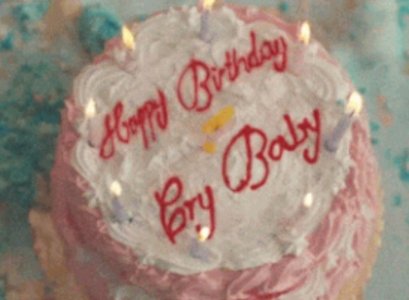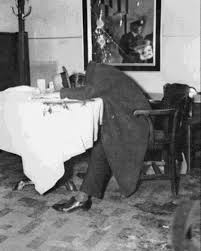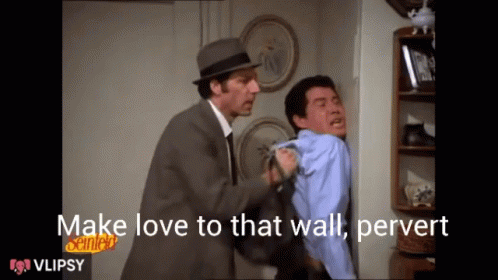October 23, 1935
Gangster Dutch Schultz continued to build his enterprise, adding illegal gambling and tax evasion to his criminal resume. In 1933, he was indicted on a tax charges and spent months hiding out before surrendering in November 1934. The FBI’s investigation of Schultz was related to this period during which he was a fugitive from justice. The Bureau pursued an investigation to learn who helped him evade capture.
In 1935, Schultz was tried twice for income tax evasion. The first case ended with a hung jury, and he was acquitted in the second one. In 1935, Schultz was again indicted, on different federal tax charges. He was able to avoid prosecution again, but not the reach of his fellow mobsters, who attacked him on the night of
October 23, 1935. Schultz and four of his associates were shot at Palace Chop House in Newark, New Jersey. Schultz died the next day.
Shortly before his death, he gave a rambling statement to the authorities, but he never named his killer. At the time, it was thought Schultz was killed in a turf battle with other New York organized crime groups, but historians later learned that Schultz had tried to take a hit out on Thomas E. Dewey, the special prosecutor who pursued him. However, the recently formed Mafia Commission declined to approve Dewey’s murder as the prosecutor was a very public figure and his death would not go unnoticed.
View attachment 690382





